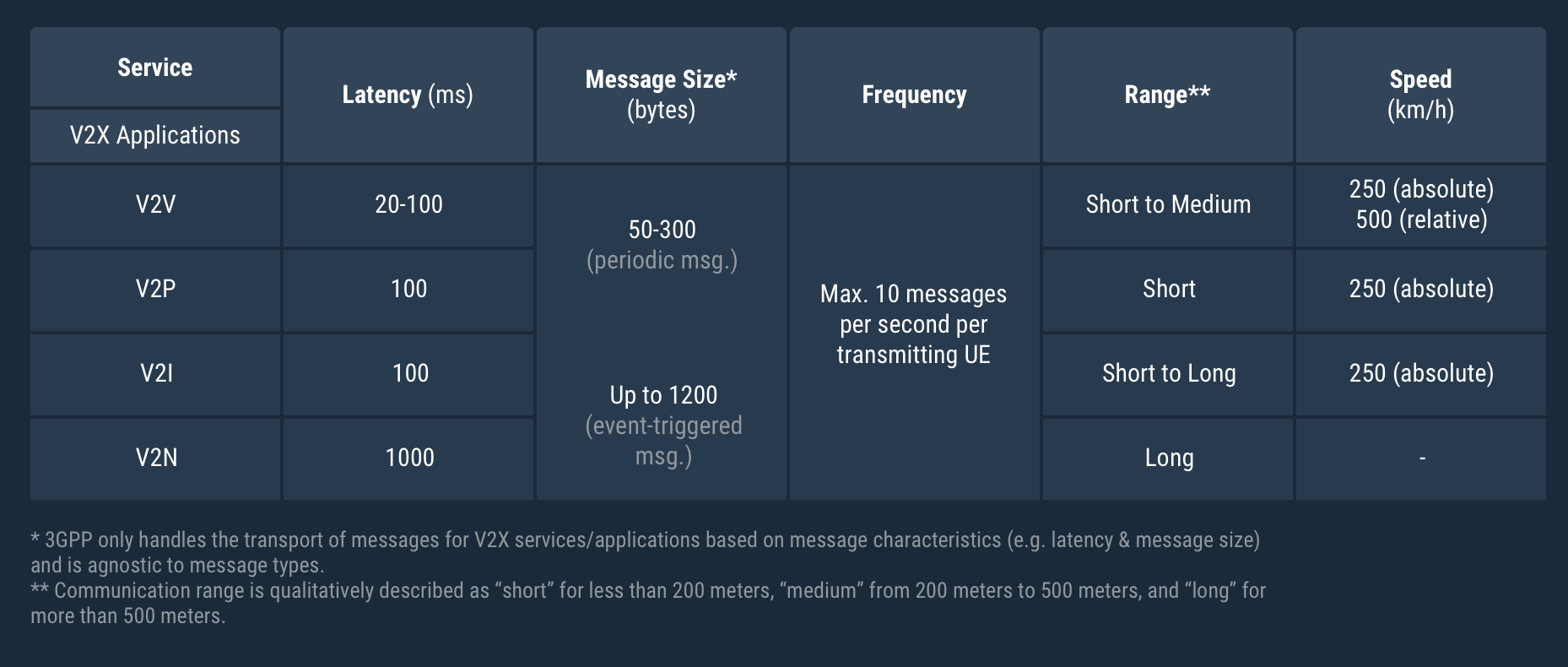Network Module Architecture
Vehicles and Infrastructure require always on connectivity to work effectively in future transport systems. With numerous connectivity options available, each with its own pros and cons, both vehicles and infrastructure require the flexibility to adopt technology depending on the use cases they are meant to address.
The development of the best suited network or communications module(s) is a prerequisite to achieving the project goal of achieving seamless connectivity for both vehicles and infrastructure.
This work package considers available and emerging communications technologies and maps them to use cases identified in work package 2. Further, the work package makes contributions to other project areas leveraging the team's expertise on networking modules & core platforms.
The main objectives of this work package is delivered by the University of Surrey's 5G Innovation Centre (5GIC) as follows -
- To investigate state-of-the-art communication technologies together with the identification and descriptions of Connected and Autonomous Vehicles (CAV) use-cases
- To develop a use-case specific high-level architecture that is modular (i.e. access technology agnostic) with the identification of system entities, interfaces and functions for providing seamless connectivity
- To analyse the system specification and common functional requirements for each identified use case
- To investigate availability of commercial components through a vendor survey and a cost-benefit analysis of the systems considered
A thorough analysis of access technologies was undertaken to develop a common understanding of the both existing and emerging options for vehicle and infrastructure connectivity. Technologies covered included longe range cellular (4G and 5G), Satellite communications, WiFi (including derivatives and enhancements such as 802.11p), SigFox, LoRA, NB-IoT and the Land Mobile Radio (LMR) system.

Comparison of Access Technologies
The work package team identified and studied use cases available through different industry bodies while considering their applicability to the project. These cases are categorised and prioritised through a set of communications specifications and guidelines.
For example, the 3GPP have identified 27 basic use cases for LTE technology in the context of CAV, as well as 25 advanced use cases under their eV2X definition. These extended use cases have been categorised by the team.

3GPP Use-Case Categorisation
Use cases are then mapped to service requirements which includes consideration for latency, message size, speed, reliability, frequency, range and security. Tabulated summaries of service requirements by service category are tabulated for easy of product development planning and execution.
The level of detail required per use case including the various actors that play a role in enabling the use case presents a challenge from a data analysis perspective. The team has developed a simple method to quickly map the applicability of access technologies to use cases. This is used both for Project Alloyed specific use cases (i.e. RWW, GLOSA) but also allows other use case developments (e.g. 3GPP APS & CPE) to be rapidly integrated into a product development process.

Use-Case to Service Requirements Mapping
In addition to the work summarised above the team conducted a vendor survey and cost-benefit analysis to quantify volumes and costs for combinations of modules required for different use cases.
Jacobs has also led the development of the project Exploitation Plan, a requirement by Innovate UK that details the project actors and their planned contributions to the exploitation and dissemination of project outcomes. In addition, preparation and submission of the final project report and an Independent Accountant's Report (IAR) for each participant falls under this work package.
Led By

Partners

Led By

Partners
